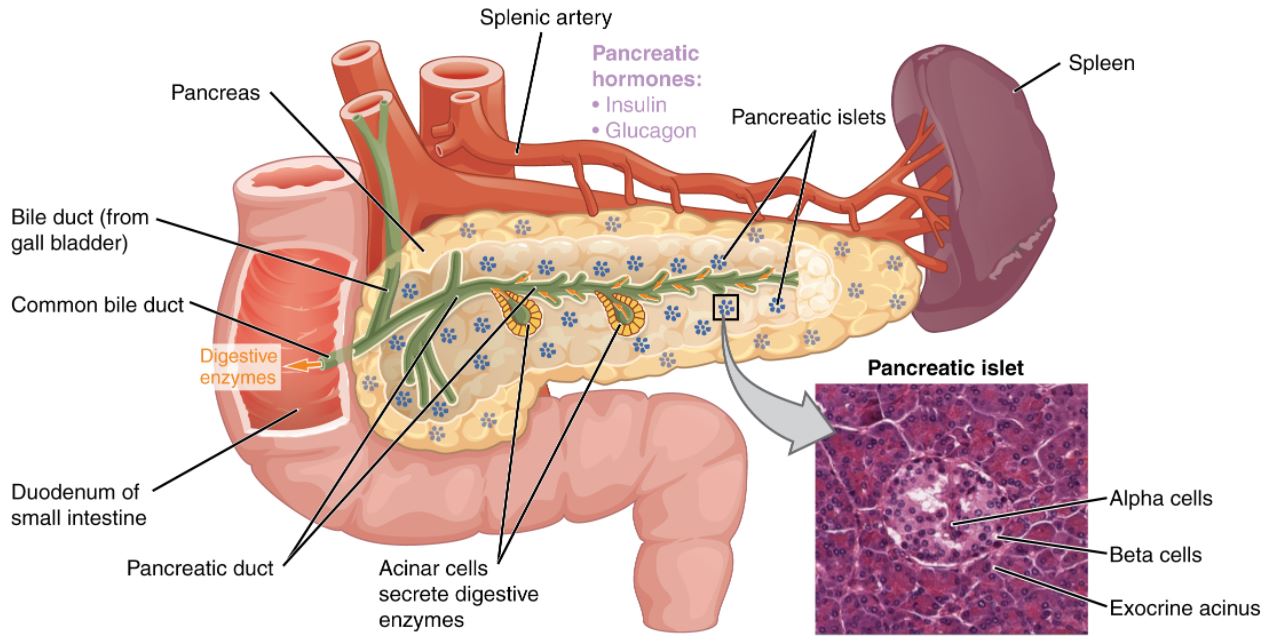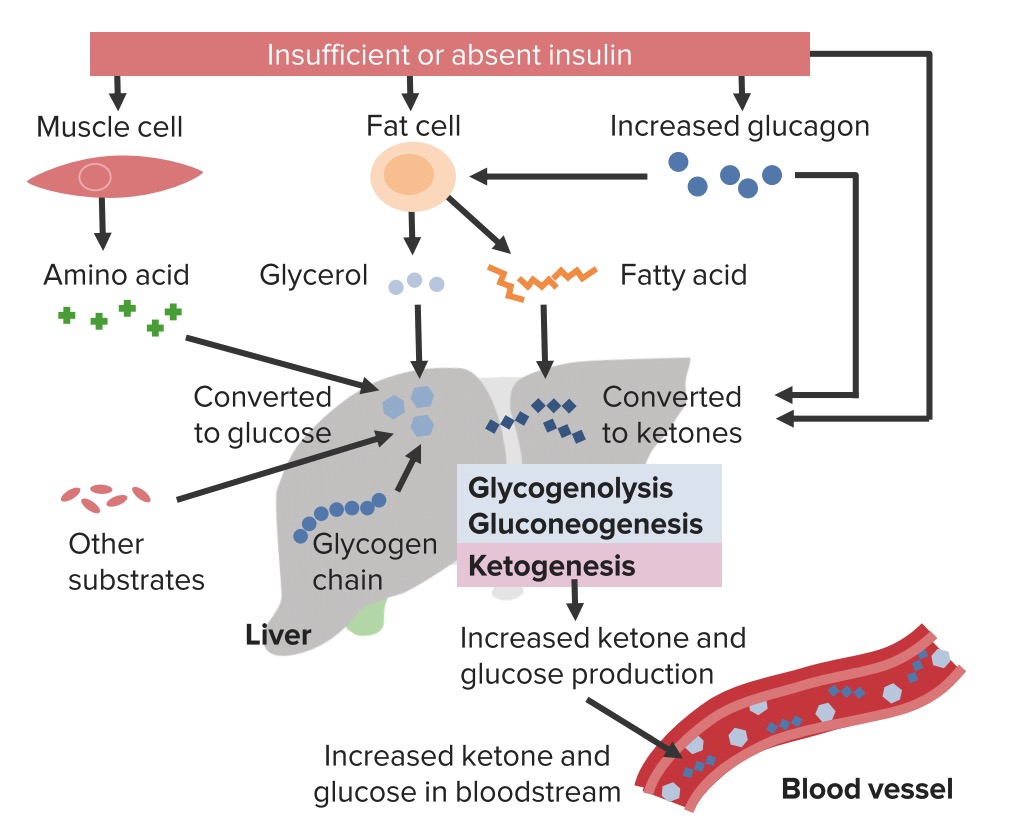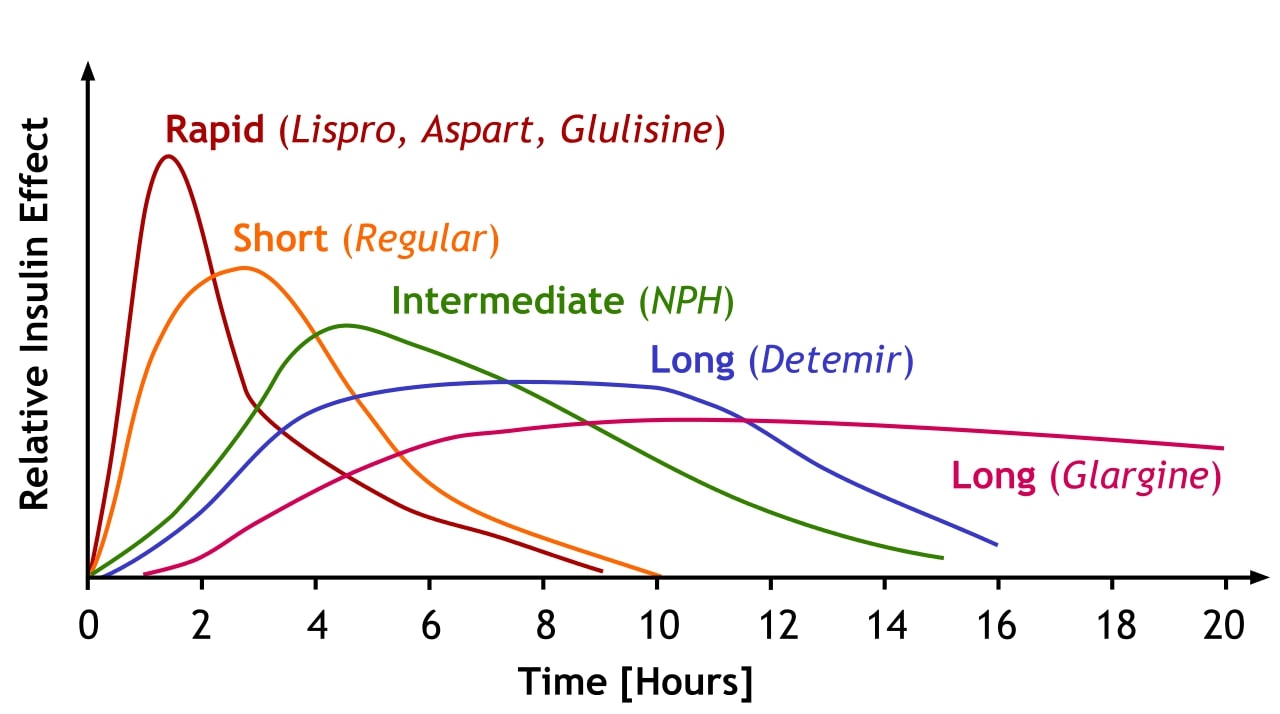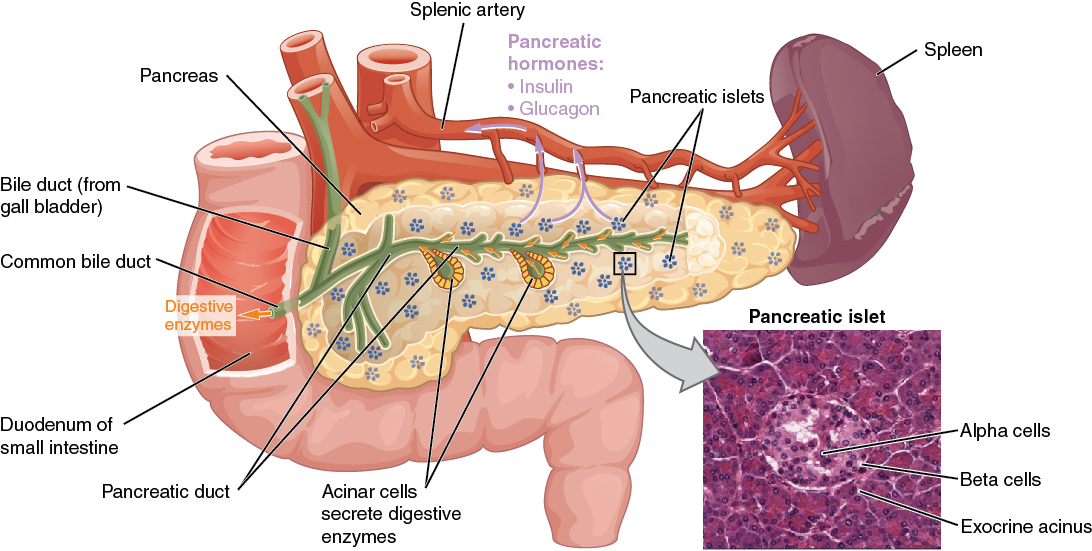Playlist
Show Playlist
Hide Playlist
Hyperglycemic Hyperosmolar Syndrome (HHS) with Case
-
Slides 02-03 Diabetes Mellitus part 2.pdf
-
Reference List Endocrinology.pdf
-
Reference List Diabetes Mellitus.pdf
-
Download Lecture Overview
00:00 Here is another case. An 80-year-old woman is brought to the emergency department due to gradual progressive confusion and lethargy for the past 7 days. Her son reports that she had recovered from a bout of gastroenteritis with vomiting and diarrhea 3 days ago. The patient's past medical history is notable for type 2 diabetes mellitus and hypertension. She takes hydrochlorothiazide, metformin, aspirin, and a multivitamin. The patient is not compliant with her medication regimen. On physical exam, she has dry mucous membranes and the patient appears extremely lethargic but is rousable. 00:40 She has extreme difficulty following a conversation. Here, her labs reveal a sodium of 126 mEq/L, a potassium of 3.9, a chloride of 94, a bicarb of 25 mEq/L, a calcium of 8.1, and a glucose of 910 mg/dL. She also has ketones in her urine. What is the most likely diagnosis? Here we have an elderly confused patient. She presented after a recent gastrointestinal illness and she has type 2 diabetes mellitus taking metformin. We're also told that she is poorly compliant with her medications. On physical exam, there is the presence of dehydration, lethargy, and confusion. 01:28 A low serum sodium could certainly explain her symptoms. Her bicarbonate level is normal. Her glucose level though is critically high at 910 mg/dL. The patient also has trace urine ketones to confound the picture. The conclusion here is this patient, based on the physical findings and labs, has hyperosmolar hyperglycemic syndrome. HHS is triggered by infection and dehydration. 01:57 In patient's with marked hyperglycemia, an increase in serum glucose raises the serum tonicity. 02:04 This in turn pulls water out of cells and expands the extracellular water space and thereby lowers the serum sodium concentration. A low serum sodium can also occur in this case from her thiazide diuretic. At this point, one would correct the sodium on her labs because the measured sodium plus 0.016 times the glucose, which was in the 900's, minus 100 in mEq/L would give you the correction that her sodium is actually 139 mEq/L. So it is in fact normal. This is what we call pseudohyponatremia. Hyperglycemic hyperosmolar syndrome develops in the setting of partial insulin deficiency that is more typical of type 2 diabetes mellitus. There is sufficient insulin in these patients with HHS to suppress lipolysis but in adequate amounts to prevent hypoglycemia, dehydration, and hyperosmolarity. The trace urinary ketones in this patient wer most likely due to poor oral intake otherwise known as starvation ketosis rather than a DKA. An illness or event that leads to dehydration will often precipitate the hypoglycemia associated with HHS.
About the Lecture
The lecture Hyperglycemic Hyperosmolar Syndrome (HHS) with Case by Michael Lazarus, MD is from the course Diabetes Mellitus. It contains the following chapters:
- Case: 80-year-old Woman with Confussion and Lethargy
- HHS
Included Quiz Questions
What accounts for the absence of an anion gap in the following patient? An 80-year-old woman presents to the emergency department because of gradual progressive confusion and lethargy for the past 7 days. Her son reports that she had a bout of gastroenteritis with vomiting and diarrhea 3 days ago. Medical history: Type 2 DM and hypertension. She takes hydrochlorothiazide, metformin, aspirin, and a multivitamin. She is not compliant with her medication regimen. Physical examination results: dry oral mucous membranes, extremely lethargic but arousable, and has extreme difficulty following the conversation. Laboratory test results: Na: 126 mEq/L, Ca: 8.1 mg/dL, K: 3.9 mEq/L, glucose: 910 mg/dL, Cl: 94 mEq/L, traces of urine ketones, and bicarbonate: 25 mEq/L.
- She does not have an anion gap because there is sufficient insulin to suppress lipolysis. Thus, there is NOT significant production of ketones.
- She does not have an anion gap because her blood glucose level is not high enough.
- She has an anion gap because she is in diabetic ketoacidosis (DKA).
- She has an anion gap because she has hyperglycemic hyperosmolar syndrome (HHS).
- She has an anion gap as evidenced by the presence of trace urine ketones.
What is the mechanism of hyponatremia in the following patient? An 80-year-old woman presents to the emergency department because of gradual progressive confusion and lethargy for the past 7 days. Her son reports that she had a bout of gastroenteritis with vomiting and diarrhea 3 days ago. Medical history: Type 2 DM and hypertension. She takes hydrochlorothiazide, metformin, aspirin, and a multivitamin. She is not compliant with her medication regimen. Physical examination results: dry oral mucous membranes, extremely lethargic but arousable, and has extreme difficulty following the conversation. Laboratory test results: Na: 126 mEq/L, Ca: 8.1 mg/dL, K: 3.9 mEq/L, glucose: 910 mg/dL, Cl: 94 mEq/L, traces of urine ketones, and bicarbonate: 25 mEq/L.
- Marked hyperglycemia increases serum tonicity, which draws water out of cells, diluting the serum sodium level.
- Her hyponatremia is purely driven by her thiazide diuretic.
- Increased total body volume of water dilutes her serum sodium level.
- Hyperglycemia causes malfunctioning of laboratory machines used to measure sodium.
- Hypoglycemia draws sodium out of cells by oncotic pressure.
What is the most likely diagnosis in the following case? An 80-year-old woman presents to the emergency department because of gradual progressive confusion and lethargy for the past 7 days. Her son reports that she had a bout of gastroenteritis with vomiting and diarrhea 3 days ago. Medical history: Type 2 DM and hypertension. She takes hydrochlorothiazide, metformin, aspirin, and a multivitamin. She is not compliant with her medication regimen. Physical examination results: dry oral mucous membranes, extremely lethargic but arousable, and has extreme difficulty following the conversation. Laboratory test results: Na: 126 mEq/L, Ca: 8.1 mg/dL, K: 3.9 mEq/L, glucose: 910 mg/dL, Cl: 94 mEq/L, traces of urine ketones, and bicarbonate: 25 mEq/L.
- Hyperosmolar hyperglycemic state
- Diabetic ketoacidosis
- Hypoglycemic crisis
- Thyroid storm
Customer reviews
5,0 of 5 stars
| 5 Stars |
|
5 |
| 4 Stars |
|
0 |
| 3 Stars |
|
0 |
| 2 Stars |
|
0 |
| 1 Star |
|
0 |








